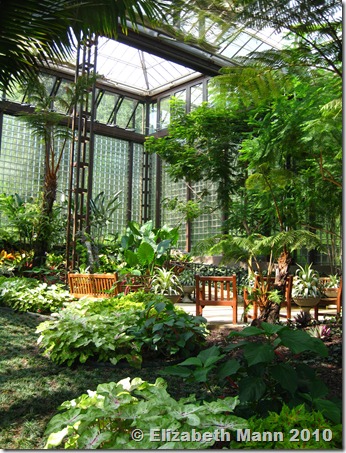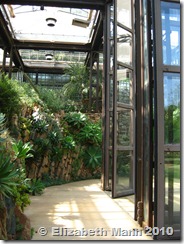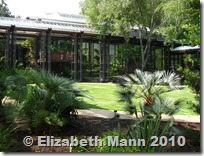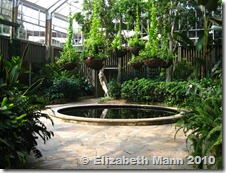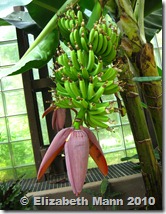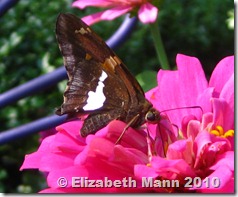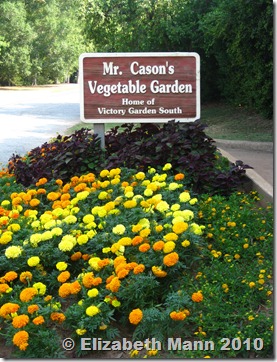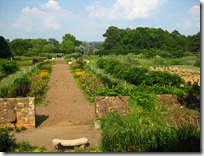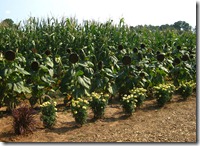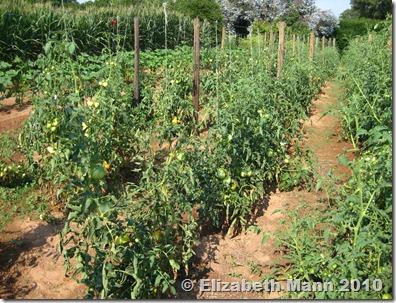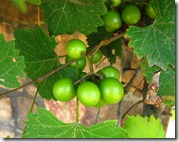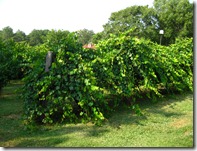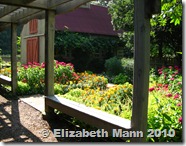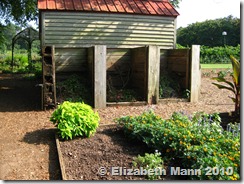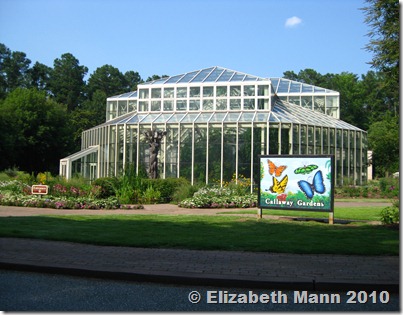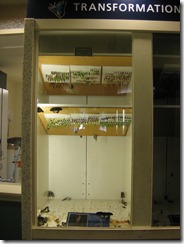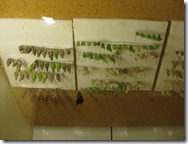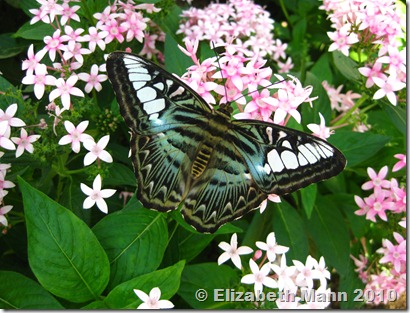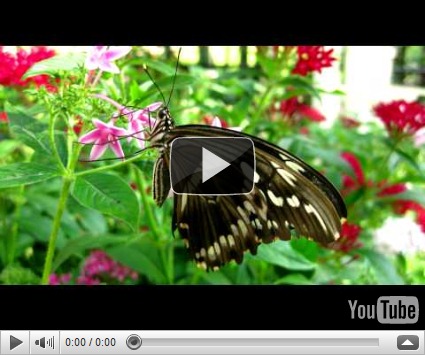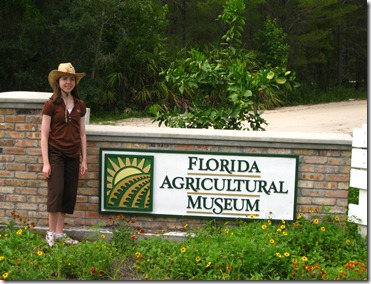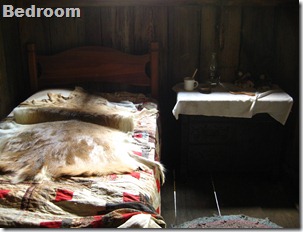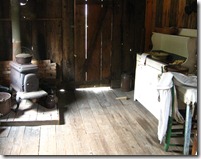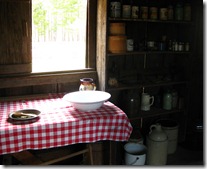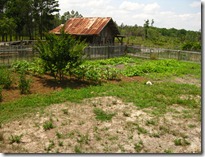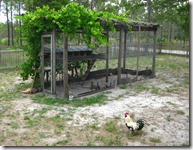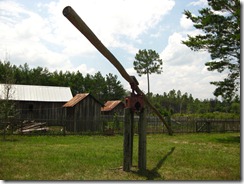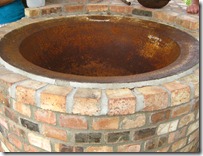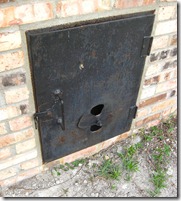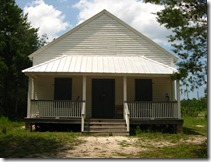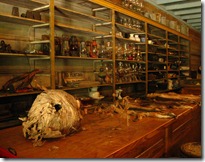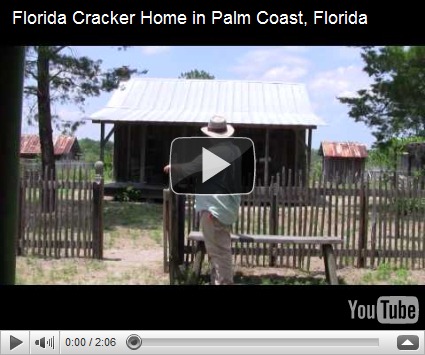Gardens are places that distance us from the chaotic pace of life and give us a chance to relax and organize our thoughts. For many of us they are refuge from the stress of life and allow us to express ourselves. Nature provides the chance for us to use our creative skills in formulating patterns with the colors that flowers provide. They have inspired artists, poets, and opened the doors of our imaginations.
The John A. Sibley Horticultural Center at Callaway Gardens takes the art of gardening to new heights. On the expansive 5 acres, the experimental gardens grow native and exotic plants. The Mediterranean and tropical gardens provide a suitable growing climate with the use of computers. The indoor displays are changed throughout the year to compliment the changing seasons.
Horticultural Center: http://www.callawaygardens.com/gardens/attractions/horticultural-center.aspx
When it came time for the construction of the unique Horticultural Center, Callaway hired the landscape designer Robert Marvin who was well known for his environmental designing abilities that promoted energy conservation. One of the unique characteristics of the center is the use of 26 folding glass doors which can be opened and closed manually to provide ventilation in the summer and make use of solar heat in the winter. The glass doors are an astounding 24-feet heat weighing 1,600 pounds each!
The Horticultural Center provides a tranquil setting for wedding ceremonies and events. The facility’s 22-foot indoor waterfall is a great background for photographs.
The glass greenhouse has a variety of interesting species from desert plants to tropical bananas. The outdoor gardens are equally thrilling. Hummingbirds, bees, and butterflies all busy themselves as they strive to gather their share of nectar. During our visit, a vivid green hummingbird flew inside the greenhouse and sat gracefully perched on a branch. The Horticultural Center shows Callaway’s efforts in sustaining a harmonious relationship between man and nature while providing for the needs of both.

